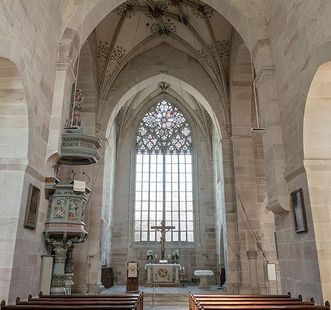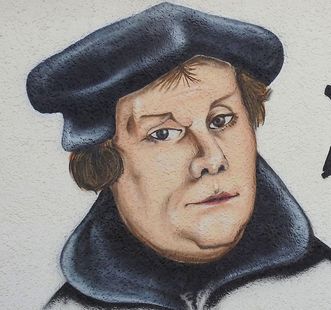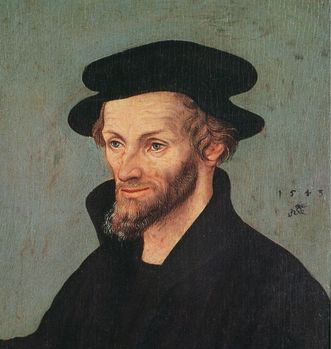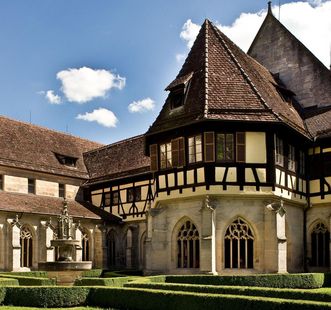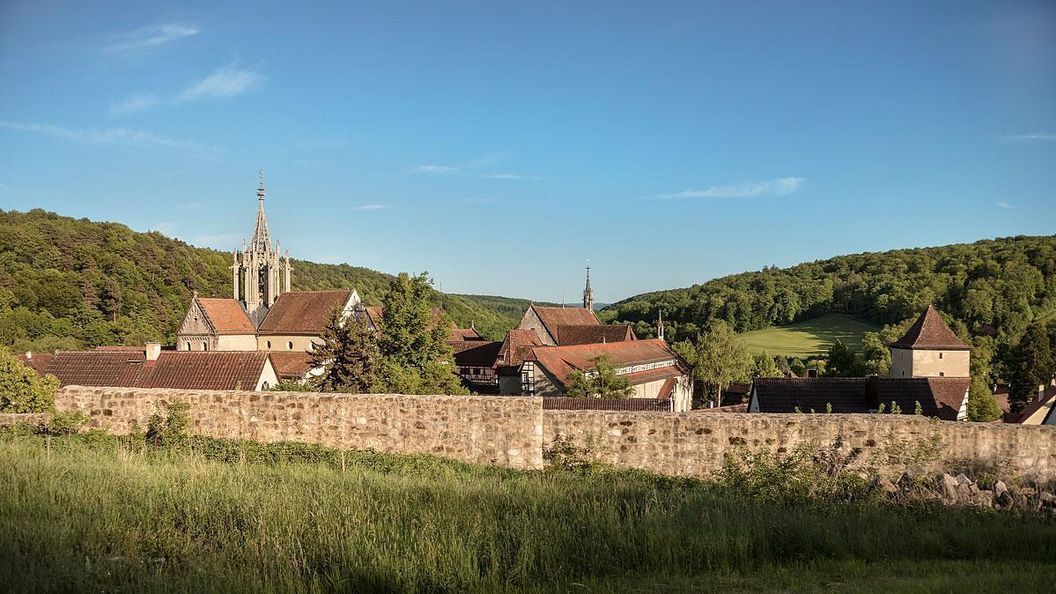A language of the faith
For centuries, Latin was the language of the liturgy and of literature. In the time of the Renaissance and of humanism, a shift towards popular speech began. Scholars increasingly wrote their works in the languages of their native countries. Particularly for religion, national languages increased in importance. Sermons began to be held in German, French, Dutch, or Hungarian. The Reformation would not have succeeded without the deliberate use of national languages.




